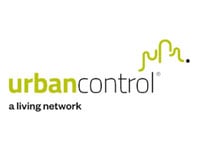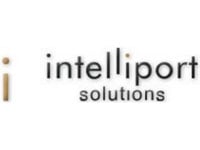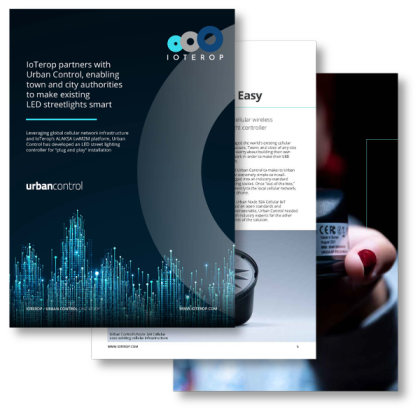Savvy Solutions For Smart Cities
Planning the Path to a Connected Future
Smart cities have a mind-boggling amount of devices to manage. From smart lighting to smart electric metering to parking sensors, tracking, controlling and maintaining these devices is a sizable task that takes serious consideration. Allowing for interoperability between devices, ensuring that devices are secure, and enabling firmware over the air (FOTA) updates are imperative for a smart city to be successful.

Customer Case Study
Managing Smart Street Lights
Urban Control, an outdoor smart solutions provider, needed a scalable way to manage their smart street lights and offer interoperability to cities with their Urban Node 324.
The Importance of Interoperability
As IoT becomes increasingly accessible, the importance of interoperability grows, too. How do you push a new firmware update to every device in the city? How do you get a traffic monitor to communicate with a street light in order to dim the lights when no one is walking?
To address these and many other issues, our products are based on LwM2M global standards. This means that all devices can be controlled by the same IoT device manager. They can also be started from bootstrap, sent firmware updates, and decommissioned using LwM2M, despite having very different purposes.

Trusted by Industry Leaders



LwM2M, uCIFI and TALQ
Using LwM2M enables Smart Cities to leverage uCIFI, the first unified data model that was created to address IoT interoperability for smart city applications. Additionally, the TALQ Consortium has defined a globally accepted interface standard for smart city device networks, meaning that a single CMS can configure, control, command and monitor heterogeneous smart city device networks. These three standards create a powerful tool that allows Smart Cities to be truly interoperable and scalable. Constrained devices can more easily be connected, and the optimization of bandwidth makes it more efficient and less expensive to connect.

Let's Discuss IoT!
Wondering how we can help? We’d be pleased to speak and to learn more about your needs.
